After two years of highly dedicated service, Sabela Lens, Espen Melum, and Salvatore Piano experienced their concluding ILC as members of the Young Investigators Task Force, and stepped down. They did not, however, just slip away quietly. They took care to find brilliant new members to take over and fill their big shoes.
Discover below the snapshot portraits of the three new recruits and join us in welcoming them warmly to the global EASL community.
Mattias Mandorfer
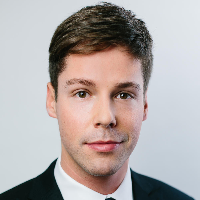
I can only recommend joining EASL and benefiting from the plethora of opportunities it provides for YIs.
Why did you apply for the EASL YIs Task Force?
I have experience in lobbying for the interests of YIs on a national level and would like to help to expand EASL’s offerings for YIs. I am a strong advocate for European collaboration and unity. For me, EASL is an example par excellence of the European spirit.
What do you like about EASL?
EASL provides an incomparable framework for linking young talent to academic hepatology and accompanying them throughout their clinical and scientific advancement. I still remember when I gave my first oral presentation at an EASL meeting – I was a 25-year-old MD student and did not even own a suit. Since then, I have presented the best of my research at the ILC every consecutive year and attended several EASL Schools & Masterclasses, which were always a great and inspiring experience. Finally, my stay abroad funded by the Andrew K. Burroughs Short-term Training Fellowship was one of the best times of my life, both personally and professionally. I can only recommend joining EASL and benefiting from the plethora of opportunities it provides for YIs.
What do you expect from your experience in the YIs Task Force?
I could not be more excited about getting involved in EASL’s activities for YIs and about working with highly motivated young colleagues from all over Europe, alongside the EASL Governing Board.
One fun fact about you.
I loved listening to “Ode to Joy” (which, adapted, became the European Anthem) playing on TV, when I was a child.
Your current research in one paragraph.
Most of my current projects are clinical and translational studies on portal hypertension and complications of advanced chronic liver disease, with a particular focus on pathophysiological mechanisms, biomarkers/non-invasive methods, and disease regression after aetiological cure.
Johanne Poisson
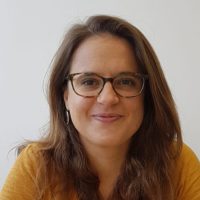
I see this experience as an amazing way to learn and grow up as a scientist and a physician within the EASL family
Why did you apply for the EASL YIs Task Force?
Because it is giving me the opportunity to be part of a very dynamic group of Young Investigators and to work with them to promote basic research in the field of hepatology.
What do you like about EASL?
EASL is a very appealing international association that reaches beyond European borders and beyond liver diseases in clinical practice, with the promotion of basic research. In addition, EASL gives a lot of opportunities to young members, such as the YIs Task Force, fellowships, mentorship, webinars, and dedicated sessions at ILC.
What do you expect from your experience in the YIs Task Force?
I expect that this experience is going to be, from a personal point of view, an amazing way to learn and grow up as a scientist and a physician within the EASL family, in what I consider to be one of the most scientifically exciting environments.
One fun fact about you.
My atypical career history: I am a medical doctor in internal medicine, specialised in geriatric medicine, now working in the field of liver aging in basic research.
Your current research in one paragraph.
Over the last years, I acquired a solid background in basic research in the field of vascular and liver diseases and in clinical research in the field of aging-related diseases. I am currently developing a new basic and clinical research axis on the consequences of liver aging in elderly patients. On the one hand, I am implementing new cohorts of aging patients with liver explorations, in order to study liver modifications in elderly patients and their implications in aging-related diseases. On the other, in a more basic aspect, I am focussing on the consequences of liver endothelial sinusoidal cells senescence on aging-related diseases, in Prof. Emmanuel Rautou’s lab in Paris.
Philipp Schwabl
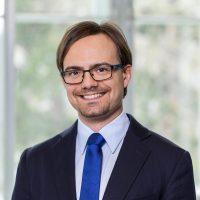
It is a great honour to be part of this vibrant community of physicians and scientists, where everybody can learn about recent liver research
Why did you apply for the EASL YIs Task Force?
Supporting junior scientists, who are focusing on liver research is of great importance, as they often come with fresh ideas and, ultimately, will be the senior scientists of tomorrow. I applied to the YIs Task Force, so that I can participate in further developing and strengthening this important platform.
What do you like about EASL?
I particularly enjoy all the captivating and high-quality meetings that are organised perfectly by EASL. It is a great honour to be part of this vibrant community of physicians and scientists, where everybody can learn about recent liver research and discuss emerging pathophysiological and molecular-biological concepts.
What do you expect from your experience in the YIs Task Force?
I am thrilled to work together with motivated colleagues from right across Europe and am looking forward to organising both educational and networking activities for young liver researchers. Being a member of the YI Task force surely will be an exciting and fruitful experience.
One fun fact about you.
In school, I was a competitive chess player and participated in the Austrian Chemistry Olympiad.
Your current research in one paragraph.
I am currently working in the lab of Prof. Massimo Pinzani at the UCL in London, where I am investigating the contractile properties of human hepatic stellate cells (HSC) in 3D cultures, building from the extra-cellular liver matrix of both healthy and cirrhotic patients. In this setting I am studying signalling pathways, that mediate HSC contraction. Moreover, I am exploring the interaction between HSC and the surrounding matrix by analysing cytoskeletal remodelling and integrin signalling.
Are you looking forward to following the new activities offered by the YIs Task Force? Do you see yourself in this role, one day? Join the dedicated forum on EASL Campus and stay tuned!


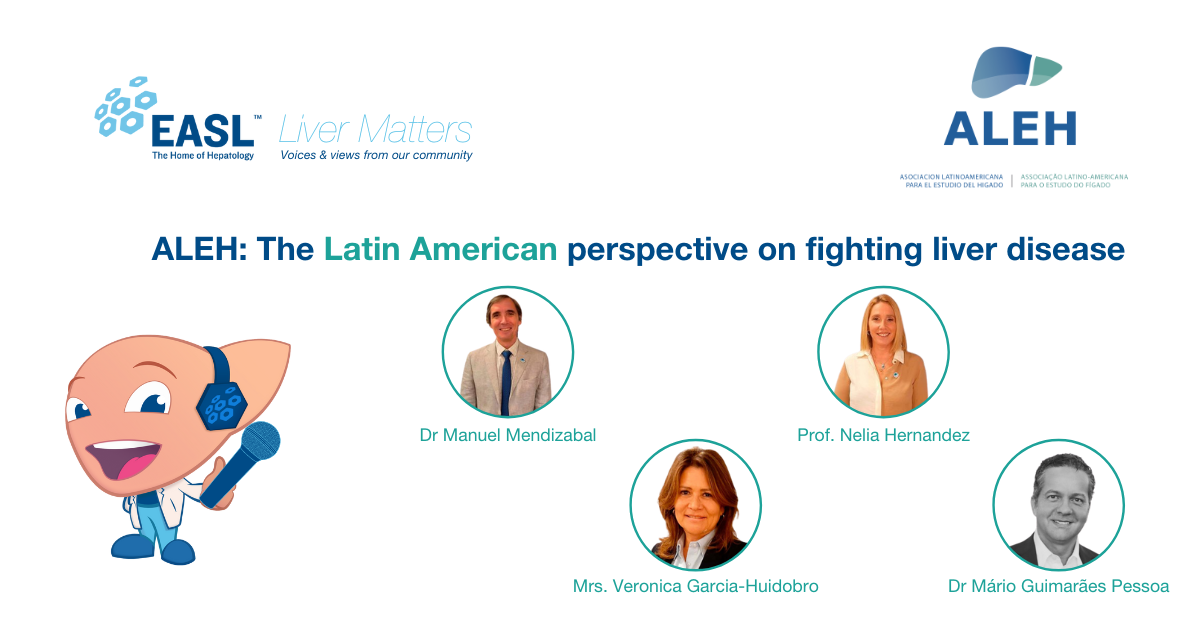
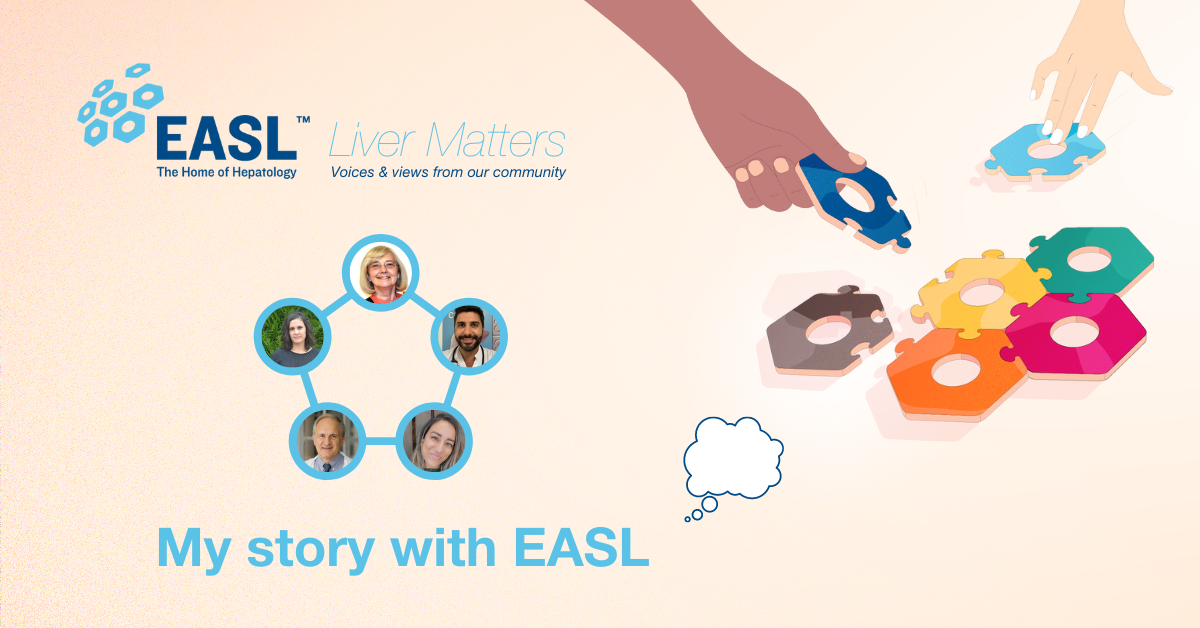
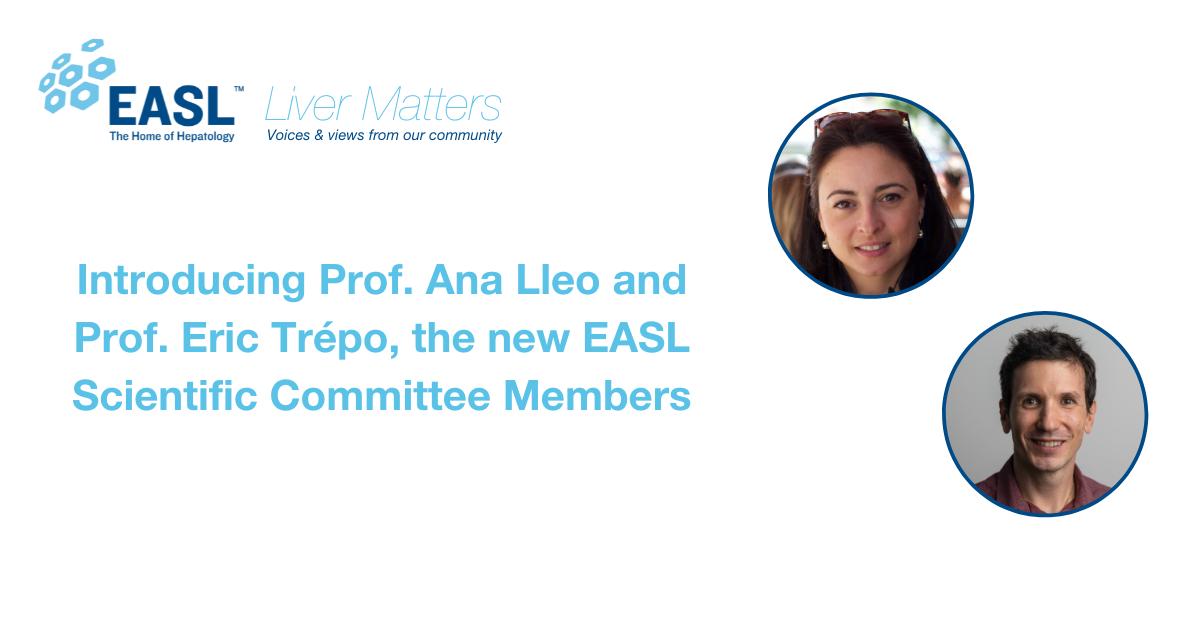
Comments (0)